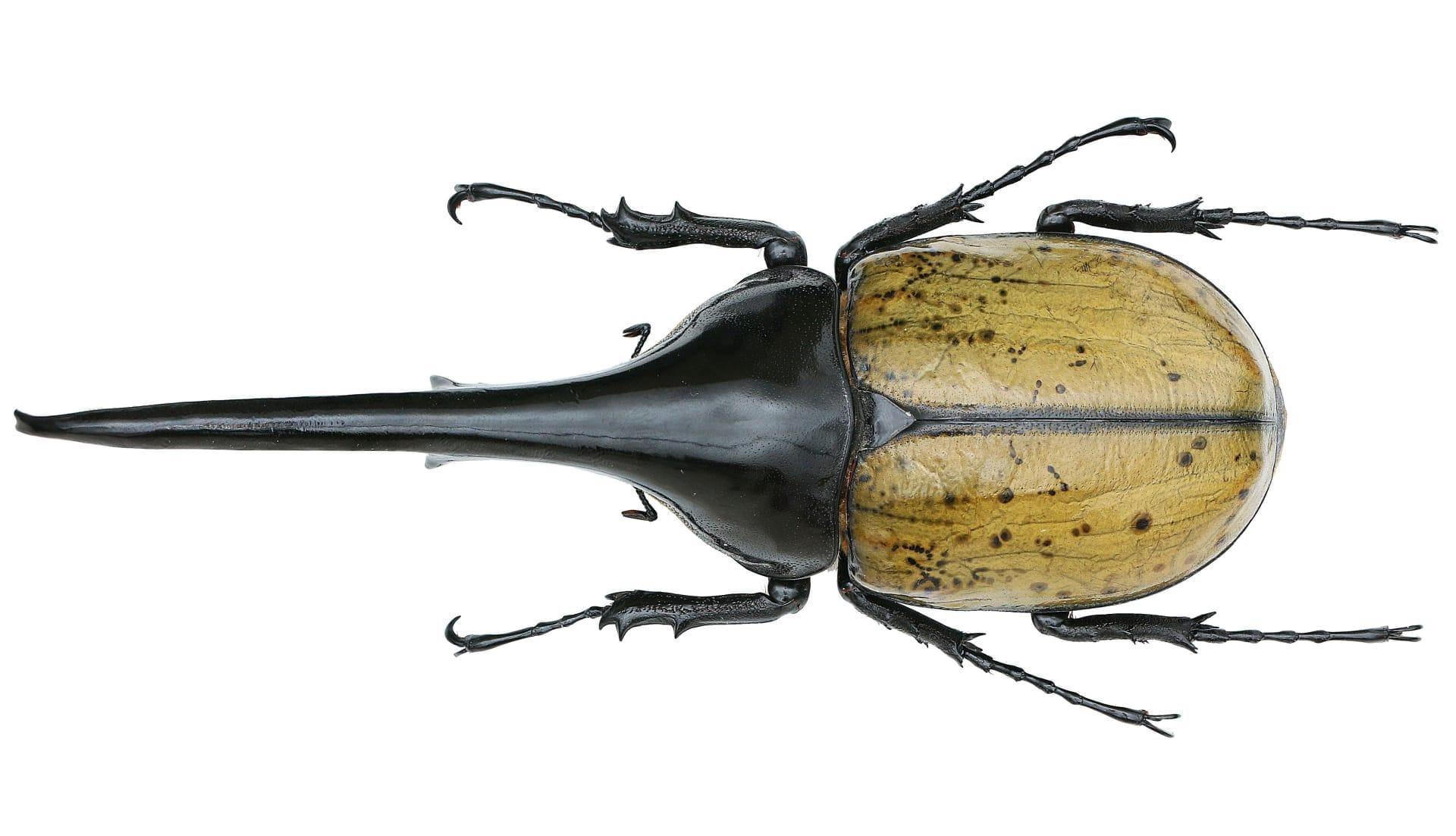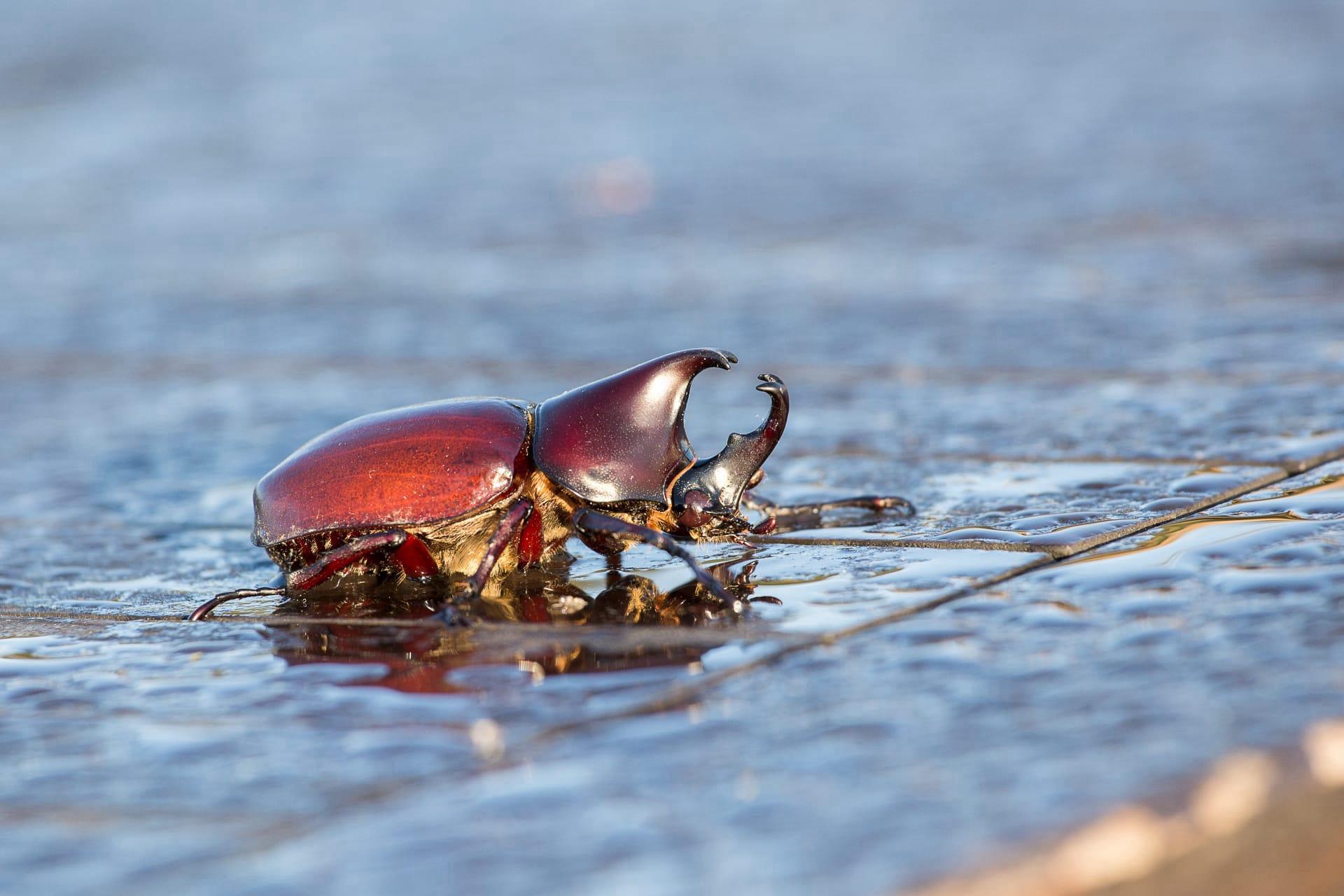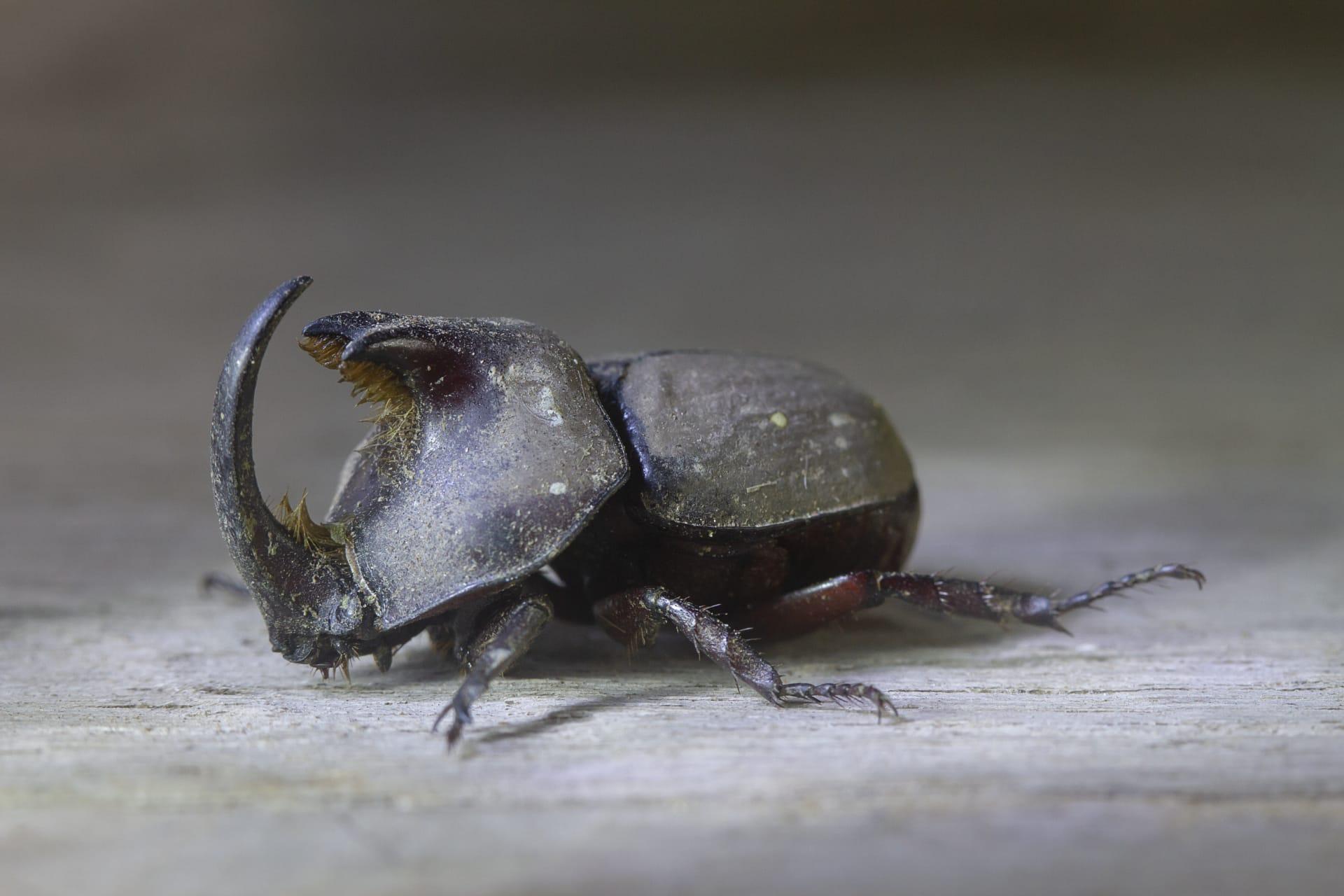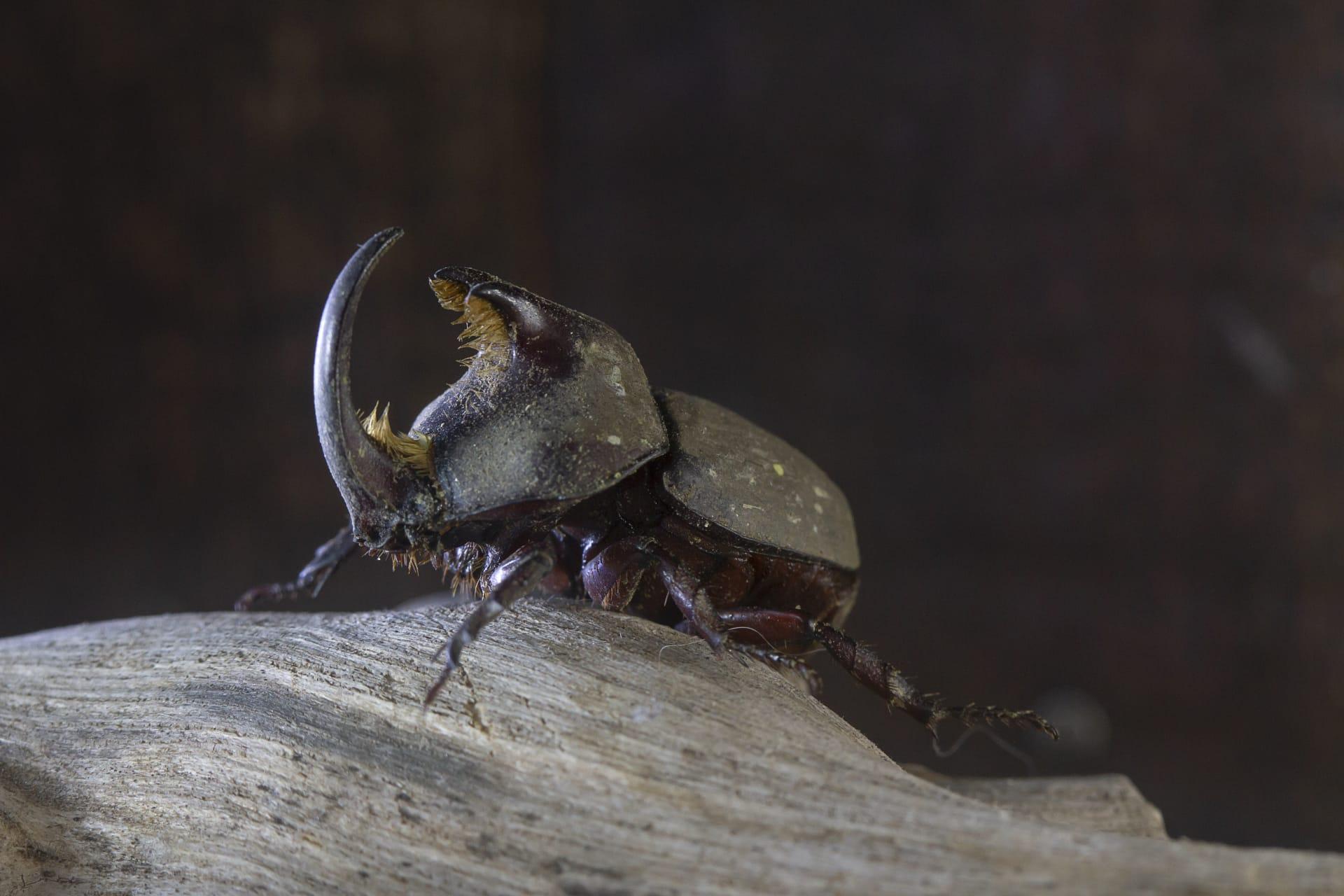Hercules Beetle Characteristics
- Home /
- Mini Encyclopedia /
- Animal /
- Hercules Beetle Characteristics
1
Hercules beetles, known scientifically as Dynastes hercules, are among the largest beetles in the world. These majestic insects can grow up to 6.7 inches in length, including their horn, a prominent feature especially in males. They typically weigh about 30 grams. The Hercules beetle's lifespan is quite fascinating, with larvae living for 1 to 2 years, and adults living for just a few months. The beetle's color is dynamic, changing based on the humidity in their environment, shifting from green, brown, to black.
The most striking physical feature of the Hercules beetle is undoubtedly its large horn-like structures. Found predominantly on males, these horns can be nearly half the beetle's body length. They are not just for show; these horns play a crucial role in the beetle's life. They are used in battles with other males for territory or mates, making them crucial for the beetle's reproductive success. Interestingly, the size of the horn is also an indicator of the beetle's overall health and strength.

2
Question: Why do Hercules beetles have such large horns?
Answer: The large horns of Hercules beetles are not just impressive to look at; they serve a vital purpose in the beetle's life. Primarily found in males, these horns are used in combat with other males over territory and mates. The beetles lock horns and try to flip each other over, demonstrating their strength. The size of the horn is significant, as it reflects the beetle's overall health and vigor. A larger horn usually means a stronger, healthier beetle, and this can be a deciding factor in winning battles and attracting mates.

3
Hercules beetles are known for their strength, capable of carrying up to 850 times their body weight. This is akin to a human lifting around 65 tons! When it comes to movement, they are not particularly fast but are skilled climbers, thanks to their hooked feet. These beetles can also fly, although not very gracefully. Their flight is often noisy and appears cumbersome, but it allows them to travel between food sources and potential mates.
As for their diet, Hercules beetles are primarily herbivores. During their larval stage, they feed on rotting wood, getting essential nutrients for growth. As adults, they shift their diet to fresh and decaying fruit. They have a particular liking for sugary foods, and this is often how they are lured into traps. Their feeding habits play a crucial role in the ecosystem, aiding in the decomposition process and nutrient cycling.

4
The natural habitat of the Hercules beetle is primarily tropical rainforests. They are commonly found in Central and South America. These environments provide the necessary humidity and temperature for their survival. The dense forest canopy offers protection and abundant food sources, both critical for their lifecycle. The high humidity levels in these regions are essential for the beetles' unique color-changing ability.
In terms of reproduction, female Hercules beetles lay their eggs in decaying wood or compost where the larvae can thrive. The larvae undergo several molting stages before reaching adulthood. This process can take several months to two years, depending on environmental conditions. The adult beetles then emerge, and their primary focus becomes reproduction, continuing the cycle of life for these fascinating creatures.

5
Book: "The World of the Hercules Beetle" by Dr. James L. Castner. This comprehensive guide, published in the United States in 1998, dives deep into the life of Hercules beetles. Castner, an entomologist and photographer, offers an engaging look at the beetle's lifecycle, behavior, and habitat. The book is filled with vivid photographs and accessible information, making it a favorite among both scientists and beetle enthusiasts.
Book: "Dynastes Hercules: A Beetle's Life" by Maria Garcia. Published in 2005 in the UK, this book focuses on the Hercules beetle's role in its ecosystem. Garcia, a biologist and nature writer, explores the beetle's interactions with its environment and other species. The book offers insights into the beetle's importance in biodiversity and conservation efforts. With detailed descriptions and a narrative style, it's an informative and enjoyable read for anyone interested in these remarkable insects.